|
|
Opened in 1883 Sandsend station at the foot of Lythe bank was at the northern end of the viaduct spanning the Sandsend valley. It closed in 1958, but this postcard view shows the station in c. 1900, perhaps the porter is moving boxes for the young lady?
Image courtesy of John G. Hannah.
An early 20th century view of Kildale station. The station master relaxes on the platform bench; as the woman and children look at the camera from the footbridge. Perhaps the stationmasters family? In 1901 this was Henry Bindoff, superseded by Thomas Carr in 1910, for one year; and John Watson in 1911.
Image courtesy of John G. Hannah. Further information on the railway at Kildale from ”Glimpses of Kildale” by Cedric Anthony.
A northbound train of the Sandsend viaduct. I often wonder when this image was taken, knowing that my mother-in-law used to work on Bridling Station (in the railway buffet) pre WWII, but lived in Sandsend. She travelled daily; todays commuters have it easy. As the time spent travelling must have been considerable, owing to the pace of those local trains!
Image courtesy of Jean Carass & Maurice Grayson.
Our image shows a BR Standard locomotive, number 77012, standing at Kettleness Station, pre 1959. Another station which has found a new lease of life – as a Scout Activity Centre – the coast line being closed in 1958 some 5 years before Dr Beeching. Usage was only heavy in the summer, whilst the tunnels and bridges were expensive to maintain. Duncan Sellers comments: “That station brings back memories for me of when I was in the Cubs and Scouts. Used to go down there quite often for camps initially and then for maintenance more latterly.”
Image courtesy of the Pem Holliday Collection and Maurice Grayson, particular thanks to Simon Chapman for pertinent information; thanks to Duncan Sellers for the memories.
A view of Hinderwell railway station, from a postcard believed to be by T. C. Booth. Hinderwell railway station originally opened with one platform in 1883, but a second platform was added in 1908 (due to Board of Trade regulations), this gives a date to this image of post 1908 as a second platform can be seen nearest the camera.
Image courtesy of the Pem Holiday Collection and Maurice Grayson.
We are now reliably informed by Russ Pigott: ”This is actually a picture of the demolition of Staithes viaduct in 1960. There weren’t too many diesel cranes about in the 1870s!” WHOOPS we got it wrong.
Image courtesy of a supporter of the Archive and many thanks to Russ Pigott for clarification of the image.
Skinningrove Station – ironically at Carlin How! But who were the two people in the photograph? Sandy Wickenden advises: “My grandmama worked for her auntie Rosa who was wife of the station master at Skinningrove. He was apparently very proper!”
Image courtesy of Keith Bennison, thanks to Keith Wickenden for the update.
Greenbank a locomotive on Skinningrove Steelworks site, with the proud staff.
Image courtesy of Joyce Dobson and Keith Bowers.
This hand tinted postcard shows how delicate the supporting piers of the Staithes viaduct were and give a greater understanding of how cross winds could affect trains on the structure.
Image courtesy of Joyce Dobson & Keith Bowers.
Easington railway station opened on 3rd December 1883 (as Easington) and was renamed Grinkle on 1st April 1904. This postcard image must have been taken shortly after the name change. The station closed in 1939, eight days after Britain declared war on Germany – start of World War II – and was situated before the railway line entered the tunnel under Grinkle Lane. It was accessible via a short lane from the Loftus Easington road. Easington railway station was built to a similar design to the stations of Staithes, Hinderwell and Kettleness
Image courtesy of Joyce Dobson & Keith Bowers.
Page 3 of 17«12345...10...»Last »
|
|
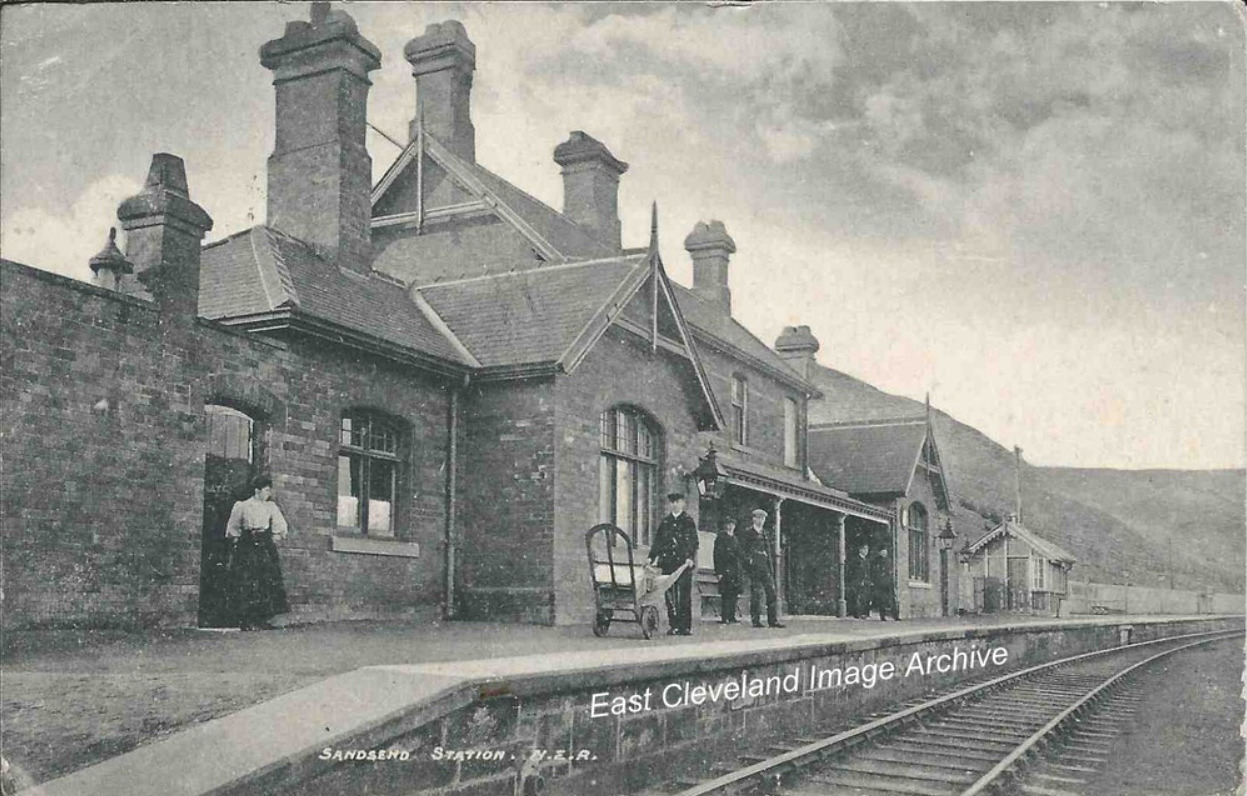
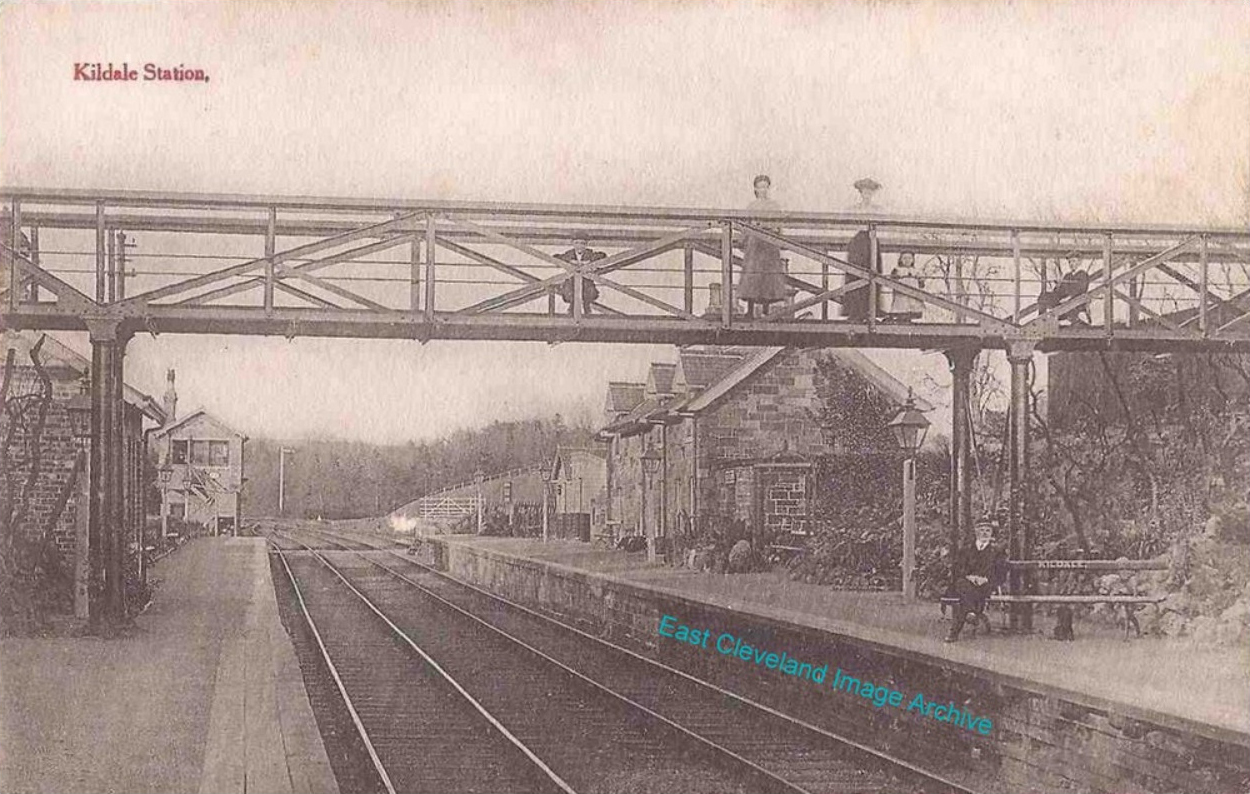
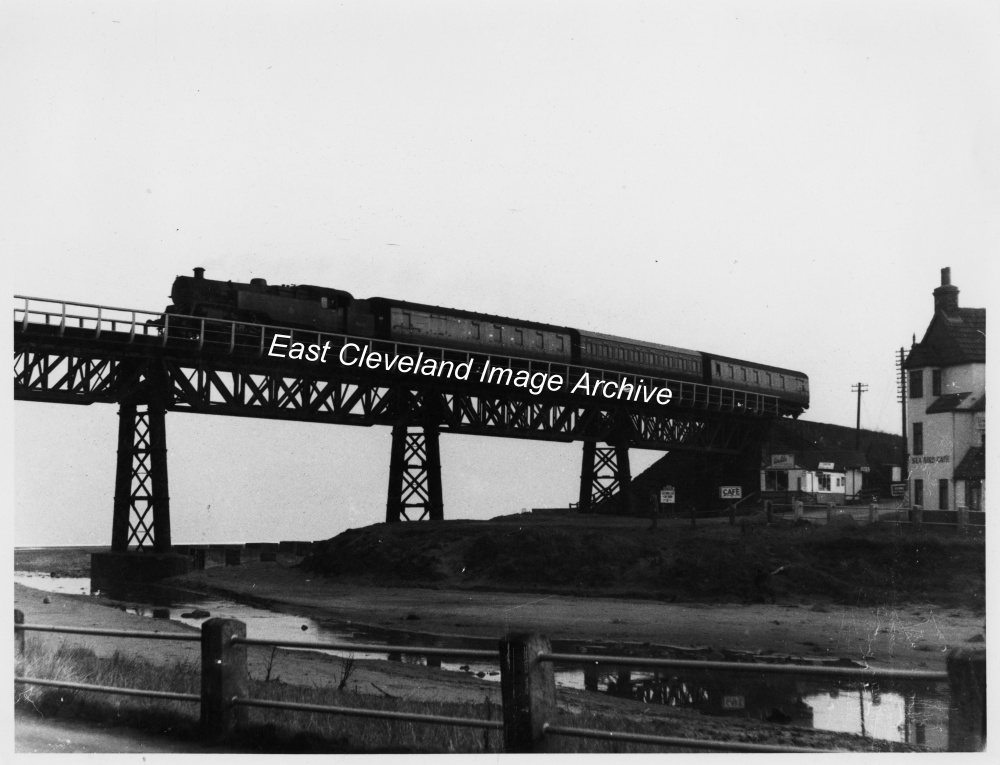
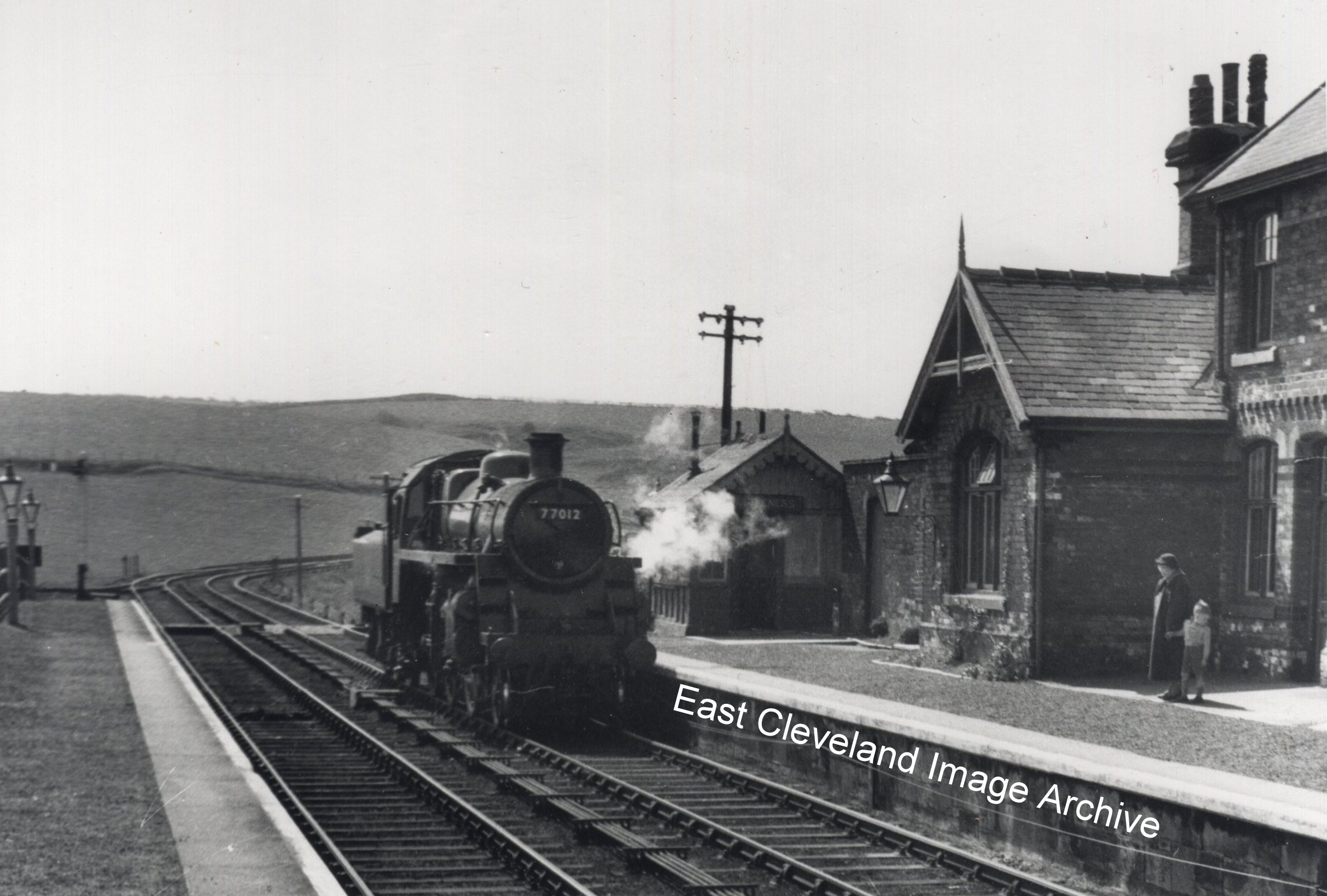
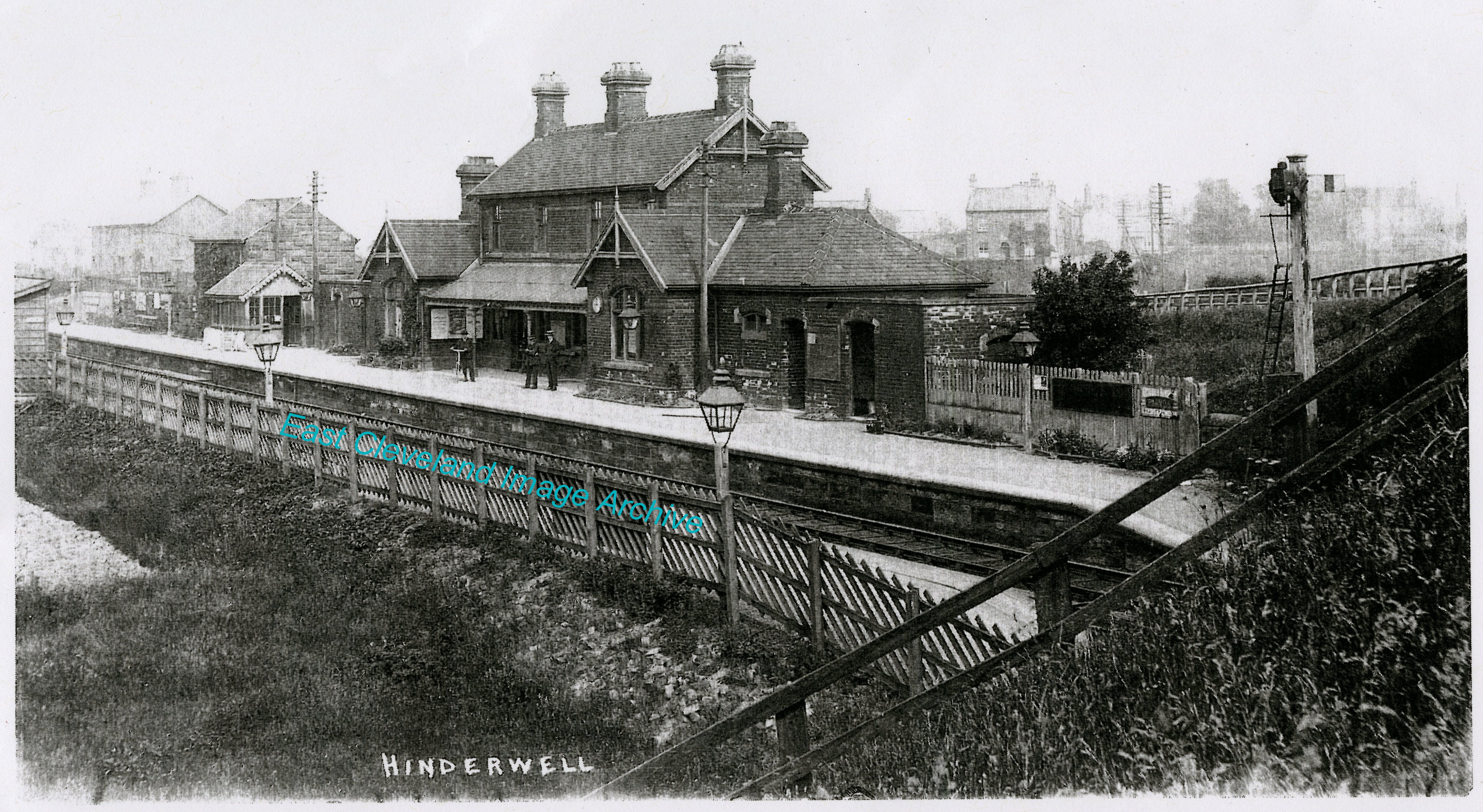
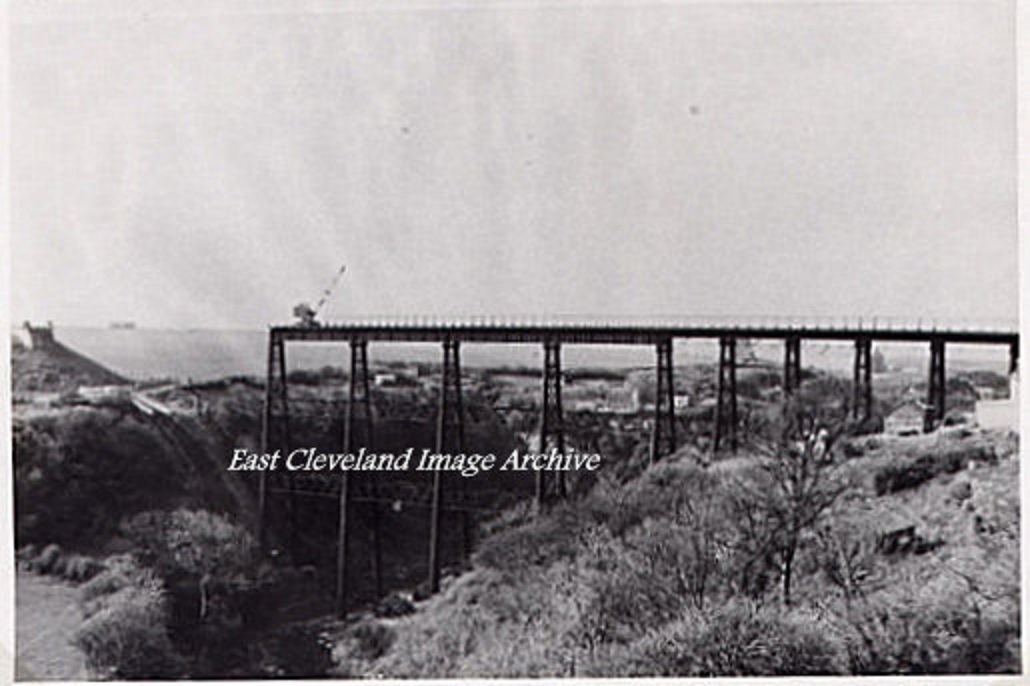
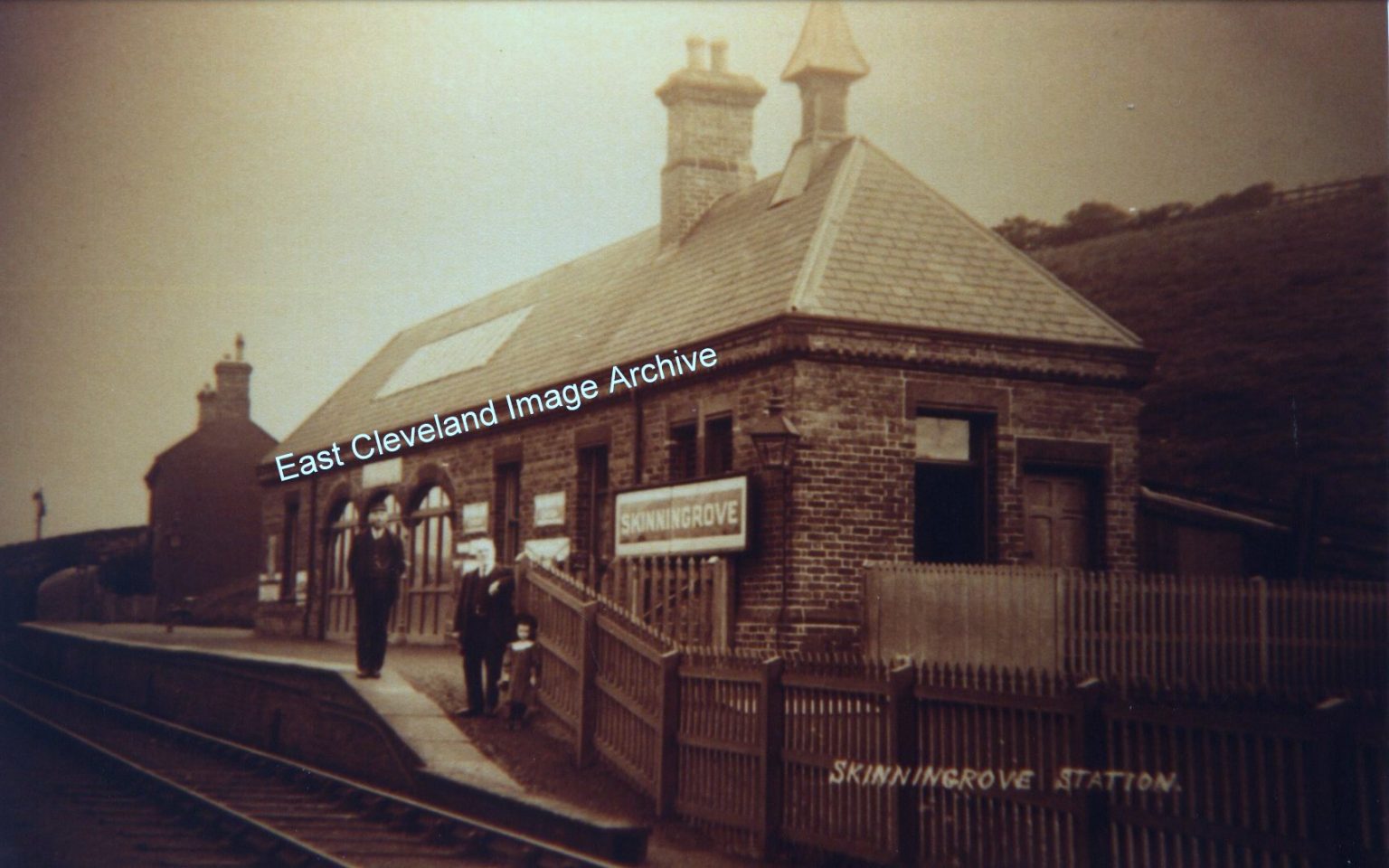
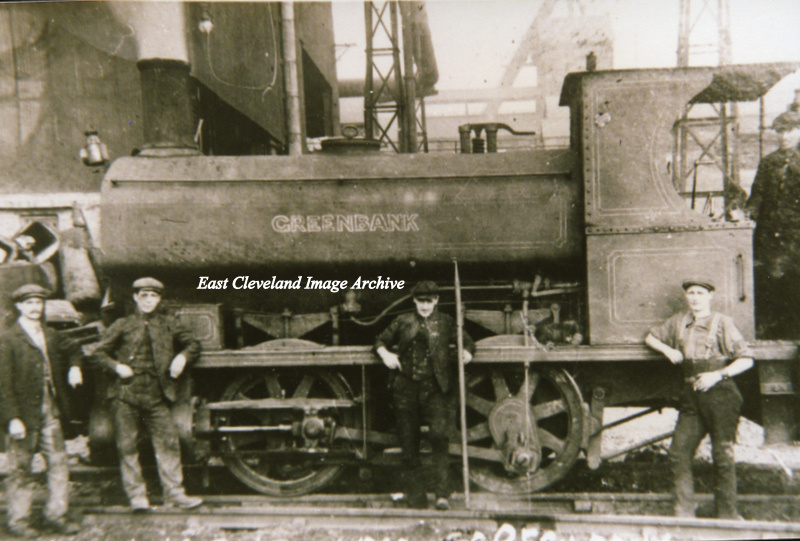
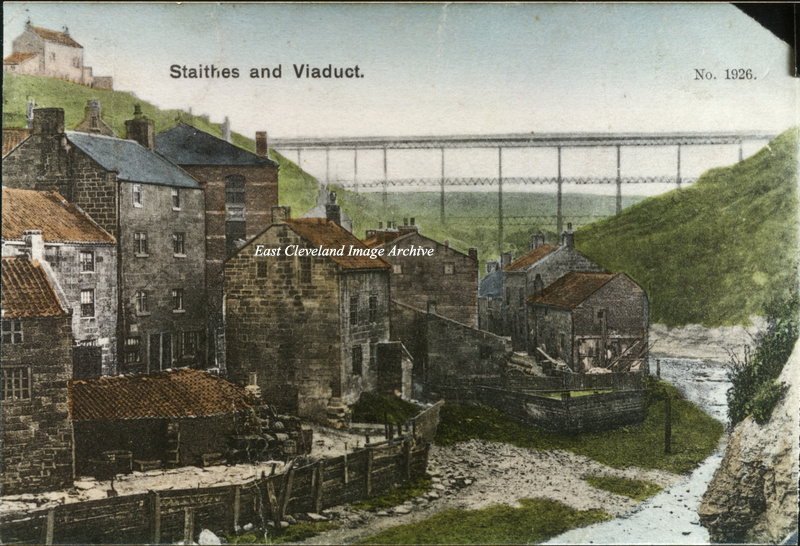
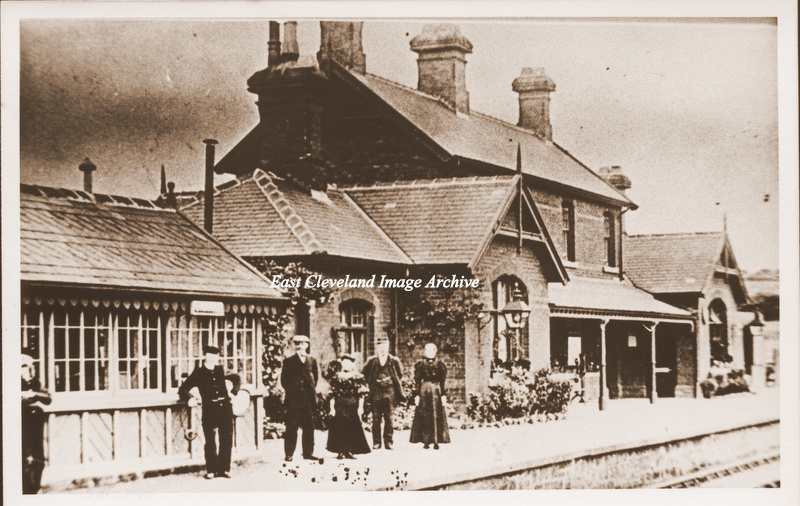
Recent Comments